
 It’s has taken a long while but I’m beginning to believe I did bring the right kid home from the hospital after all. How could a third generation avid reader have a child that hated to pick up books. I suppose the difference is the previous generations were all female and I just needed to find books that would appeal to a 10 year old boy. In order to get the most bang for the buck, I’m not going to focus on individual books. Instead I’ll share three of our favorite series which encompass more than 95 together.
It’s has taken a long while but I’m beginning to believe I did bring the right kid home from the hospital after all. How could a third generation avid reader have a child that hated to pick up books. I suppose the difference is the previous generations were all female and I just needed to find books that would appeal to a 10 year old boy. In order to get the most bang for the buck, I’m not going to focus on individual books. Instead I’ll share three of our favorite series which encompass more than 95 together.
Hank the Cowdog
 Hank is the self-appointed Head of Ranch Security on a cattle operation in the Texas panhandle. He and his assistant Drover are always working on a case: chicken murderers, raccoon thieves, and cattle rustlers to name a few. These are my Schnickelfritz’s hands down favorite books. Not only did they get him to read to himself but the boy who hates putting pen to paper has started writing his own Hank adventures—complete with illustrations. “If Mr. Erickson retires, I’ll be ready,” he says. Fritz has also started tackling computer programming so he can create his own Hank video games someday.
Hank is the self-appointed Head of Ranch Security on a cattle operation in the Texas panhandle. He and his assistant Drover are always working on a case: chicken murderers, raccoon thieves, and cattle rustlers to name a few. These are my Schnickelfritz’s hands down favorite books. Not only did they get him to read to himself but the boy who hates putting pen to paper has started writing his own Hank adventures—complete with illustrations. “If Mr. Erickson retires, I’ll be ready,” he says. Fritz has also started tackling computer programming so he can create his own Hank video games someday.
Our local library has a standing order to buy each new Hank book when it’s released and the librarians put us down first on the reserve list. One when he grew to impatient for the library to get the newest installment (there are 61 books so far), he spent his own money to buy a copy.
The Hank the Cowdog audiobooks have made road trips much more pleasant too. I once drove from Indianapolis to St. Louis with my son shouting out each mile marker we passed—you cannot believe how long that trip was. Now we listen to the author’s funny voices and original songs—try The Case of the Double Bumblebee Sting where Hank speaks with a swollen snout.
Fair warning, Hank is a rather unrefined dog. There’s a fair amount of burping and he’s been known to experience reverse peristalsis from time to time (kids ask your moms). There is some name-calling (nit-wit, numbskull, moron) done mostly the cowboys referring to the dogs but when Little Alfred calls his Mama “stupid” he gets the spanking he deserves.
Freddy the Pig
With his enthusiasm for all things Hank the Cowdog, it wasn’t too hard to sell him on another farm full of talking animals. More than 75 years ago Walter R. Brooks wrote a series of books about an upstate New York farm with characters like Hank the horse, Jinx the cat, Mrs. Wiggins the cow and Freddy-- a pig who emerges as the star of the series.

Not only do these animals talk amongst themselves, but in the wonderful world of children's fiction they also begin communicating with humans and nobody blinks an eye. And it goes far beyond just talking--Freddy runs an animal travel agency, a bank, a newspaper, a detective agency, and a political campaign. He writes poetry, rides a horse, goes camping, becomes a magician, plays football, and learns to fly a plane.
Freddy is a character from a kinder, gentler age- one in which ladies still wear hats and gloves. In one of my favorite books, Fred dy and the Popinjay, a robin earns money to pay for his new glasses (he was so near-sighted he mistook Freddy's tail for a worm) by posing on a lady's hat during a wedding she was attending. The worst problem involves stopping a bully from hitting the animals with rocks from his sling shot (the answer is find him a friend to play with).
dy and the Popinjay, a robin earns money to pay for his new glasses (he was so near-sighted he mistook Freddy's tail for a worm) by posing on a lady's hat during a wedding she was attending. The worst problem involves stopping a bully from hitting the animals with rocks from his sling shot (the answer is find him a friend to play with).
That's not to say they aren't bad guys in the stories. Freddy's chief nemesis is Simon the rat who lived under the barn stealing corn until he's banished from the farm. He still finds ways to cause mischief in several of the volumes. There are also humans that try to put the animal newspaper out of business or cheat Mr. Bean their farmer/owner. It's nothing that a clever pig can't handle though.
There are 26 books in the Freddy the Pig series. If you kids like to listen to audiobooks, several titles have been read by Mr. John McDonough. He reads in such a pleasant and soothing voice that it's easy to lull my son to sleep at bedtime.
The Great Brain
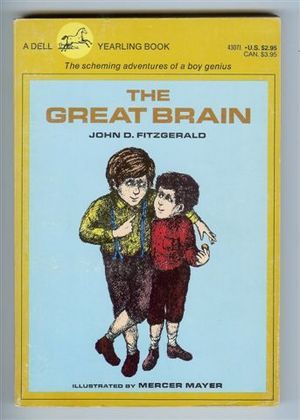 This is the latest series I’ve introduced to my son for some fun summer reading. I read these books as a young girl when they were first published. They are told in the first person by author John D. Fitzgerald about growing up in Utah in the late 1800’s. John’s older brother Tom describes himself as having a “great brain” which he usually uses for get-rich-quick schemes. For example, in the first book of the series he charges the neighborhood kids a penny each to see the flushing of the first indoor toilet installed in the town. Don’t worry parents, in these books Mama & Papa are still wiser than the kids and the idea that “cheaters never prosper” still applies. Tom also uses his great brain for good—catching robbers, helping find kids lost in a cave, and helping a young boy cope with the loss of his leg from amputation.
This is the latest series I’ve introduced to my son for some fun summer reading. I read these books as a young girl when they were first published. They are told in the first person by author John D. Fitzgerald about growing up in Utah in the late 1800’s. John’s older brother Tom describes himself as having a “great brain” which he usually uses for get-rich-quick schemes. For example, in the first book of the series he charges the neighborhood kids a penny each to see the flushing of the first indoor toilet installed in the town. Don’t worry parents, in these books Mama & Papa are still wiser than the kids and the idea that “cheaters never prosper” still applies. Tom also uses his great brain for good—catching robbers, helping find kids lost in a cave, and helping a young boy cope with the loss of his leg from amputation.
This brings up my only word of caution—the boy who lost his leg considers killing himself. He enlists the author’s help to tie him up in a gunnysack and toss him in the river like a litter of unwanted kittens, but the author isn’t good at tying knots. Then the boys try a hanging, like a convicted outlaw from the back of a horse but the horse wants no part of the deal. I can remember the controversy about exposing kids to the concept of suicide (although I think it arose after the movie based on the books). It occurs in the final chapter of the book and you could just skip it if you were reading it aloud to your kids.
There are eight books in the Great Brain series. The final one was taken from loose notes after the author’s death nearly 20 years after the other books. I have not read it personally.
Be sure to visit the Blog Cruise (June 18th) and see what books others are recommending for boys.
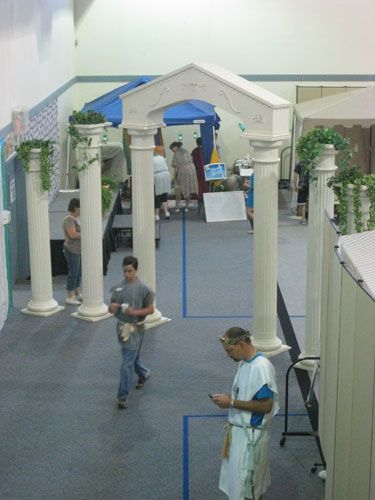
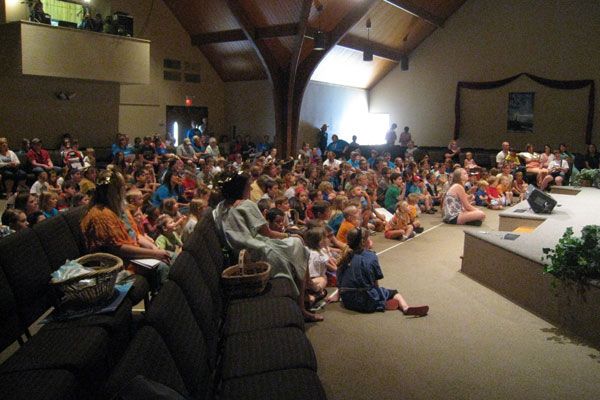
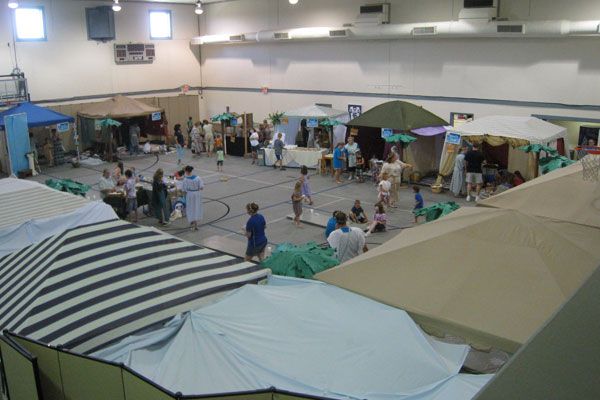
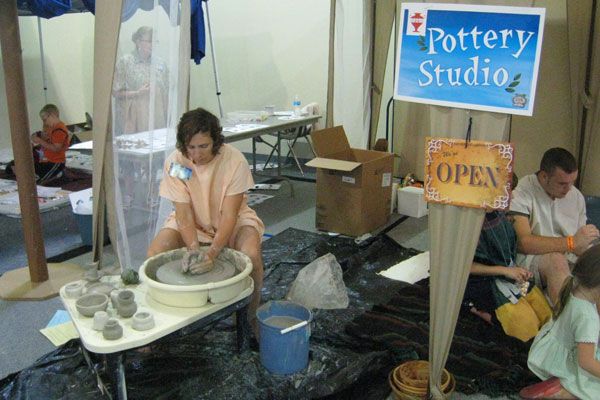

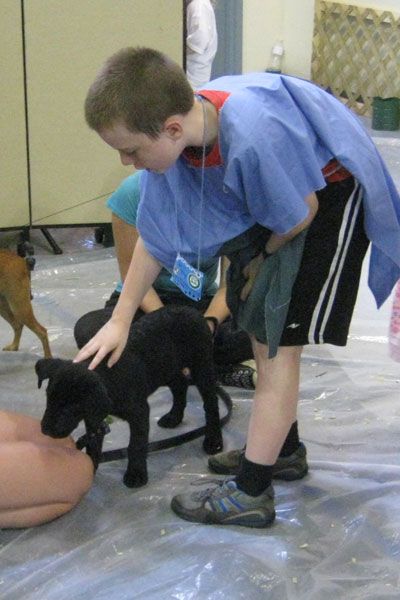


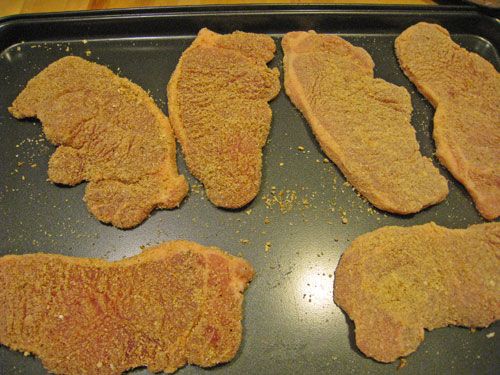

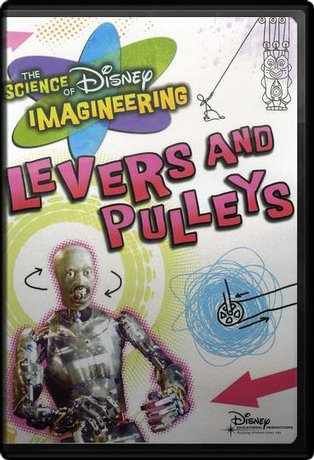




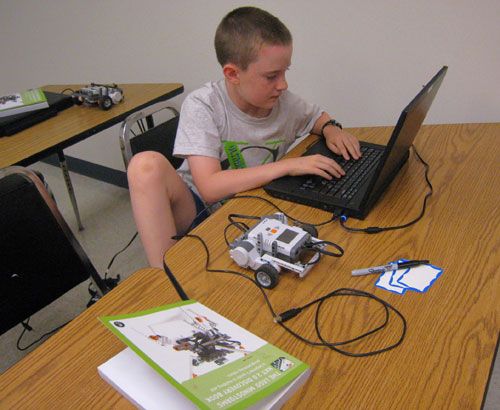
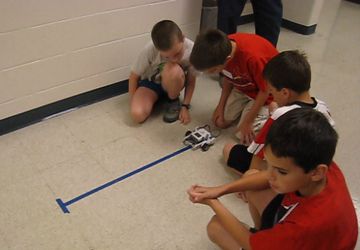
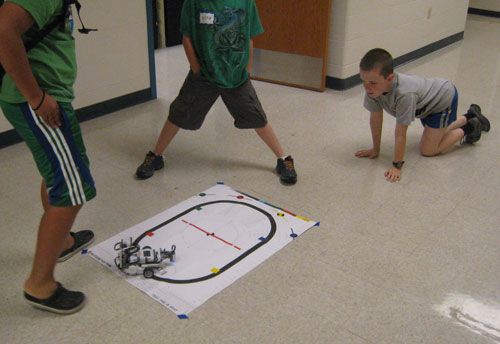

 It’s has taken a long while but I’m beginning to believe I did bring the right kid home from the hospital after all. How could a third generation avid reader have a child that hated to pick up books. I suppose the difference is the previous generations were all female and I just needed to find books that would appeal to a 10 year old boy. In order to get the most bang for the buck, I’m not going to focus on individual books. Instead I’ll share three of our favorite series which encompass more than 95 together.
It’s has taken a long while but I’m beginning to believe I did bring the right kid home from the hospital after all. How could a third generation avid reader have a child that hated to pick up books. I suppose the difference is the previous generations were all female and I just needed to find books that would appeal to a 10 year old boy. In order to get the most bang for the buck, I’m not going to focus on individual books. Instead I’ll share three of our favorite series which encompass more than 95 together. Hank is the self-appointed Head of Ranch Security on a cattle operation in the Texas panhandle. He and his assistant Drover are always working on a case: chicken murderers, raccoon thieves, and cattle rustlers to name a few. These are my Schnickelfritz’s hands down favorite books. Not only did they get him to read to himself but the boy who hates putting pen to paper has started writing his own Hank adventures—complete with illustrations. “If Mr. Erickson retires, I’ll be ready,” he says. Fritz has also started tackling computer programming so he can create his own Hank video games someday.
Hank is the self-appointed Head of Ranch Security on a cattle operation in the Texas panhandle. He and his assistant Drover are always working on a case: chicken murderers, raccoon thieves, and cattle rustlers to name a few. These are my Schnickelfritz’s hands down favorite books. Not only did they get him to read to himself but the boy who hates putting pen to paper has started writing his own Hank adventures—complete with illustrations. “If Mr. Erickson retires, I’ll be ready,” he says. Fritz has also started tackling computer programming so he can create his own Hank video games someday.

 This is the latest series I’ve introduced to my son for some fun summer reading. I read these books as a young girl when they were first published. They are told in the first person by author John D. Fitzgerald about growing up in Utah in the late 1800’s. John’s older brother Tom describes himself as having a “great brain” which he usually uses for get-rich-quick schemes. For example, in the first book of the series he charges the neighborhood kids a penny each to see the flushing of the first indoor toilet installed in the town. Don’t worry parents, in these books Mama & Papa are still wiser than the kids and the idea that “cheaters never prosper” still applies. Tom also uses his great brain for good—catching robbers, helping find kids lost in a cave, and helping a young boy cope with the loss of his leg from amputation.
This is the latest series I’ve introduced to my son for some fun summer reading. I read these books as a young girl when they were first published. They are told in the first person by author John D. Fitzgerald about growing up in Utah in the late 1800’s. John’s older brother Tom describes himself as having a “great brain” which he usually uses for get-rich-quick schemes. For example, in the first book of the series he charges the neighborhood kids a penny each to see the flushing of the first indoor toilet installed in the town. Don’t worry parents, in these books Mama & Papa are still wiser than the kids and the idea that “cheaters never prosper” still applies. Tom also uses his great brain for good—catching robbers, helping find kids lost in a cave, and helping a young boy cope with the loss of his leg from amputation.


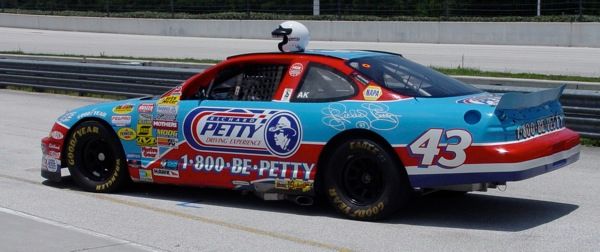




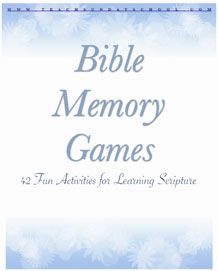 This is one of the many Bible verses my Schnickelfritz has memorized over the years…and he’s had plenty of opportunity to do just that. He gets memory verses in our inductive Bible study, Royal Rangers, Upwards Basketball, Centershot Archery, and Sunday School. With so many verses to learn, we sometimes need to make learning a game to keep him motivated to continue. Bible Memory Games is packed with games for all three learning styles: Visual, Auditory and Hands-On (or Kinesthetic).
This is one of the many Bible verses my Schnickelfritz has memorized over the years…and he’s had plenty of opportunity to do just that. He gets memory verses in our inductive Bible study, Royal Rangers, Upwards Basketball, Centershot Archery, and Sunday School. With so many verses to learn, we sometimes need to make learning a game to keep him motivated to continue. Bible Memory Games is packed with games for all three learning styles: Visual, Auditory and Hands-On (or Kinesthetic). 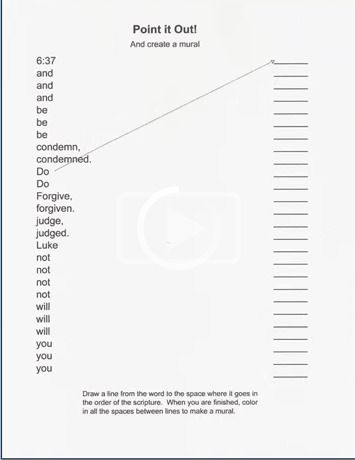 Our visual sample shows the Point it Out Mural Making game, but Fritz is much better retaining things he learns kinesthetically. We played our own version of Scripture Jump Rope using a mini-trampoline. He got into quite a rhythm, emphasizing the words when he hit the tramp. Another good game (and we’ve used something similar for Spanish vocabulary) was the Index Card Treasure hunt. I’d place words all over the basement and he’d have to find them and put them in order.
Our visual sample shows the Point it Out Mural Making game, but Fritz is much better retaining things he learns kinesthetically. We played our own version of Scripture Jump Rope using a mini-trampoline. He got into quite a rhythm, emphasizing the words when he hit the tramp. Another good game (and we’ve used something similar for Spanish vocabulary) was the Index Card Treasure hunt. I’d place words all over the basement and he’d have to find them and put them in order. 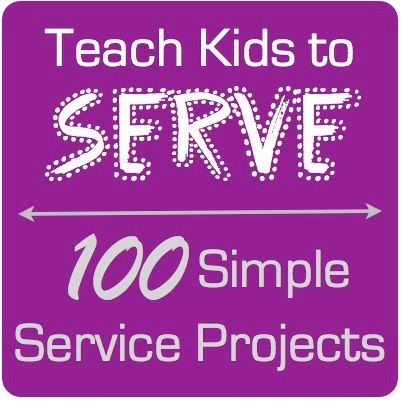


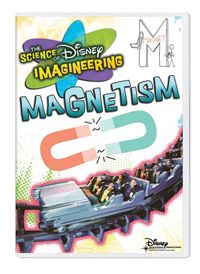
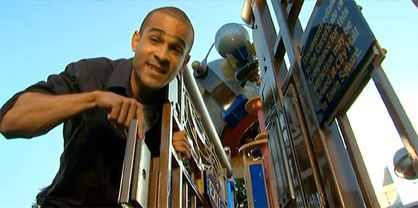

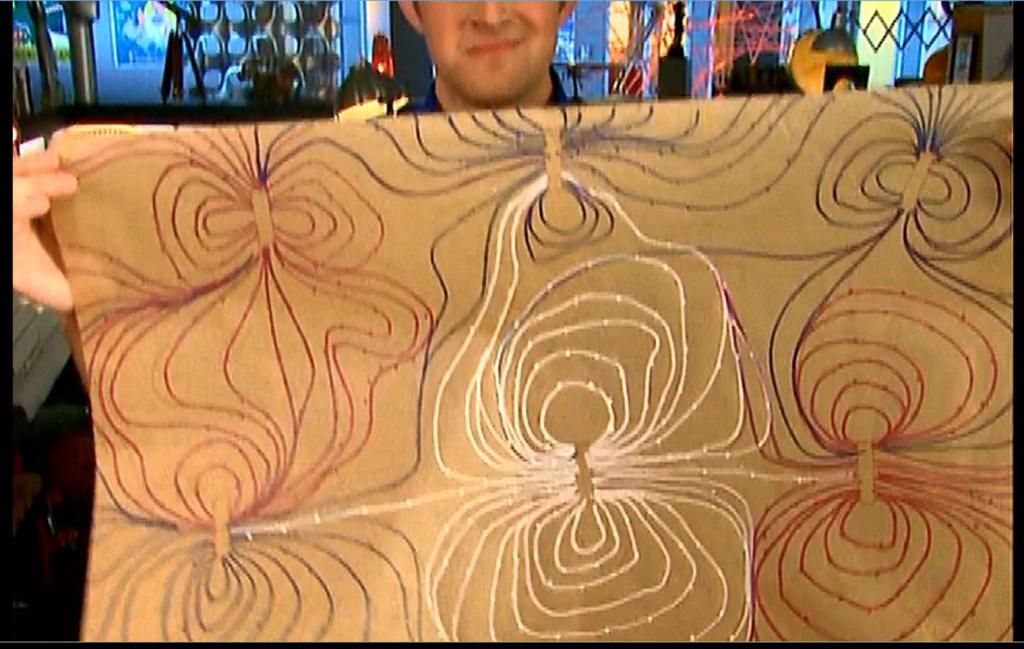 Its part science part art project. Begin by placing several bar magnets around a sheet of butcher paper. Then place a compass near one of the magnets. This will cause the needle to be attracted to the magnet’s pole rather than the earth’s. Draw dots at the ends of the needle and then move the compass to the new dot you drew and see how the needle shifts again—draw a new dot. Keep going with all the magnets and you’ll end up with a visual representation of the magnetic field.
Its part science part art project. Begin by placing several bar magnets around a sheet of butcher paper. Then place a compass near one of the magnets. This will cause the needle to be attracted to the magnet’s pole rather than the earth’s. Draw dots at the ends of the needle and then move the compass to the new dot you drew and see how the needle shifts again—draw a new dot. Keep going with all the magnets and you’ll end up with a visual representation of the magnetic field.